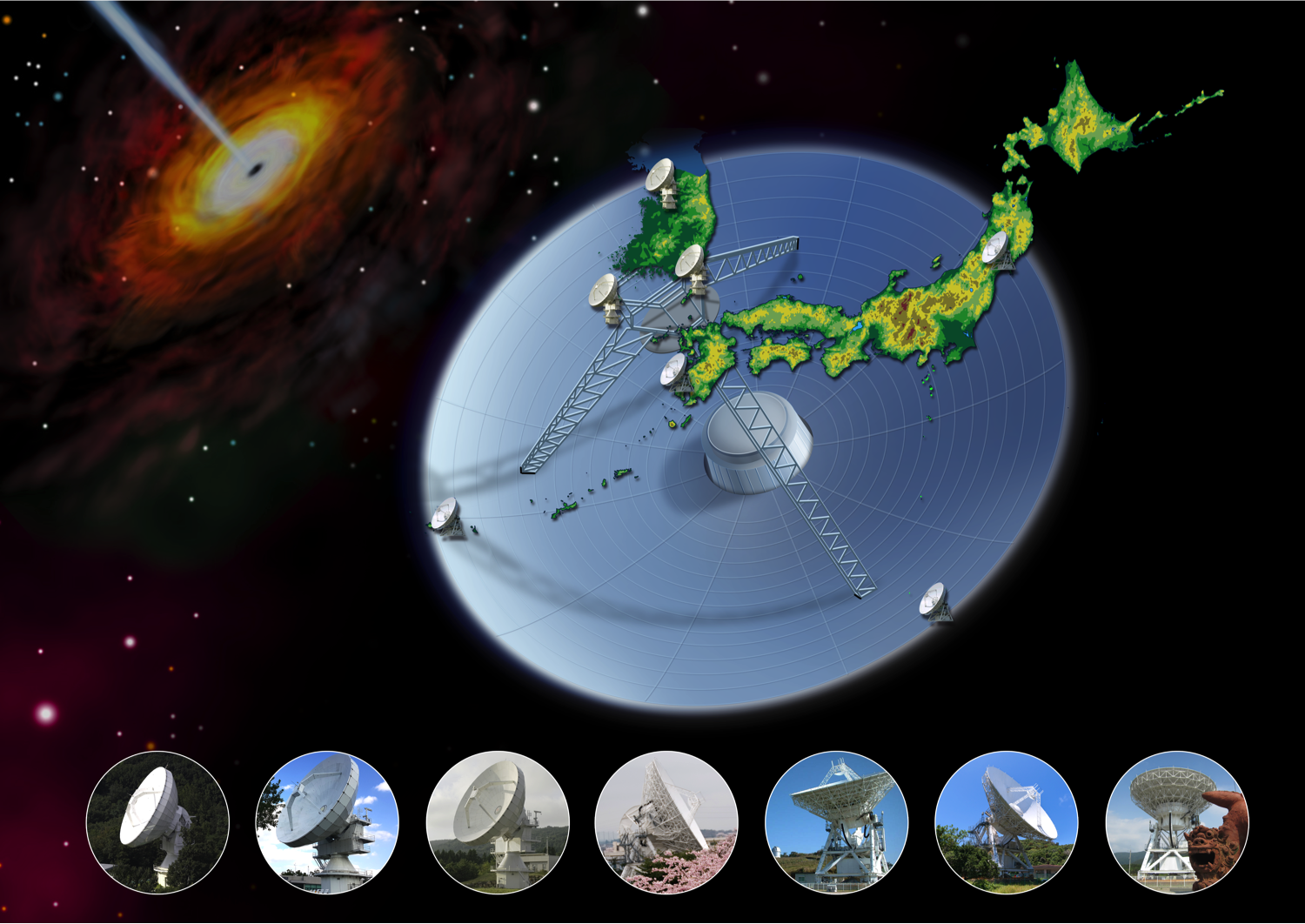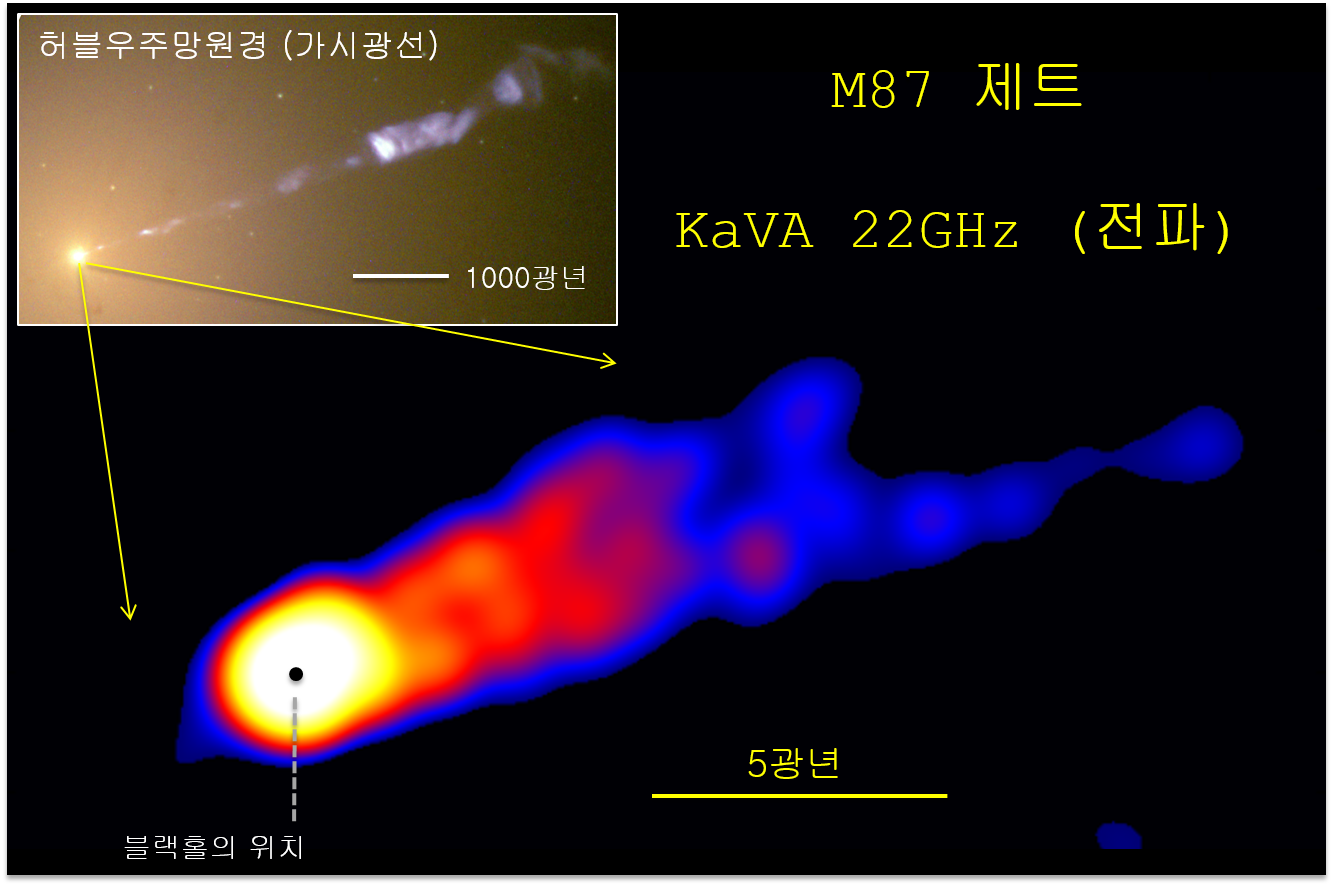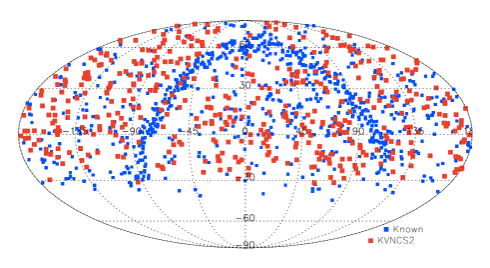Research Areas

AGN Jet Fine Structure Research
Exploring the vicinity of super-massive black holes (SMBHs) is one of the frontiers in astrophysics. With KVN and KaVA VLBI interferometry we are able to pinpoint the milliarc second structure of AGNs. For the most closest objects, this implies to reach sub-parsec scales and to be able to investigate the upstream regions of the jet just few hundreds of Schwarzschild radii far from the central engine. Because of the largeness of angular-sizes of the central SMBHs, Sagittarius A* (Sgr A*) and M87 are excellent laboratory for studying gas accretion process onto SMBH. We have proposed the monitoring programs of Sgr A* and M87. This program is composed of following three sub-programs, i.e., (i) mapping the jet velocity field in M87 and constraining magnetically-driven-jet paradigm, and (ii) probing the nature accreting plasma onto SMBH by monitoring Sgr A*, and (iii) conducting quasi-simultaneous coherent observations of M87 and Sgr A* with the Event Horizon Telescope (EHT) during its campaign observation periods.
 Research on M87 jet velocity field
Research on M87 jet velocity field
Because of the largeness of angular-sizes of the central SMBHs, M87 is well known as the
best case for investigating plasma outflow ultimately driven by SMBH. To get better understanding
of plasma inflow/outflow physics near SMBHs, we are intensively monitoring M87.

Multi-frequency AGN surveys (KVN Legacy Program "MASK")
Available VLBI sources at high frequencies (e.g. >22GHz) are very limited – mainly due to atmospheric fluctuations, which degrade coherence time, and a power-law energy distribution of particles in case of AGNs. However, simultaneous multi-frequency VLBI receiving system of the KVN and its powerful VLBI phase calibration technique (FPT: Frequency Phase Transfer) offer benefits in finding much more sources. Based on this aspect, Multi-Frequency AGN Survey with the KVN (MASK) project as a KVN legacy program aims to provide a new VLBI catalogue at millimeter wavelengths.
Dwarf galaxy evolution research and intermediate-mass black hole search
The intermediate mass black holes (IMBHs) play an important role on
bridging the gap between stellar massive and supermassive black holes,
and thus understanding the formation and growth of the black holes in
their host galaxies. In general, dwarf galaxies are thought to be
probable hosts to IMBHs. In radio wavelengths, it is difficult to detect
signs of black hole activity in dwarf galaxies in the distant as well
as nearby universe because of their low luminosities, usually dominated
by star formation. However, observations IMBH host galaxies are worth
pursuing as they can reveal information related to the formation and
growth of the seed black holes as well as the properties of the host
galaxies. We are carrying out a radio and optical study of a sample of
dwarf galaxies that show signs of being IMBH hosts.
M87 magnetic field estimation
Research on SgrA* radio wavelength properties
Investigation of cause of gamma-ray burst in 3C279
KVN AGN astrometry, KVN KSP preparation
High-frequency ICRF observational studies



